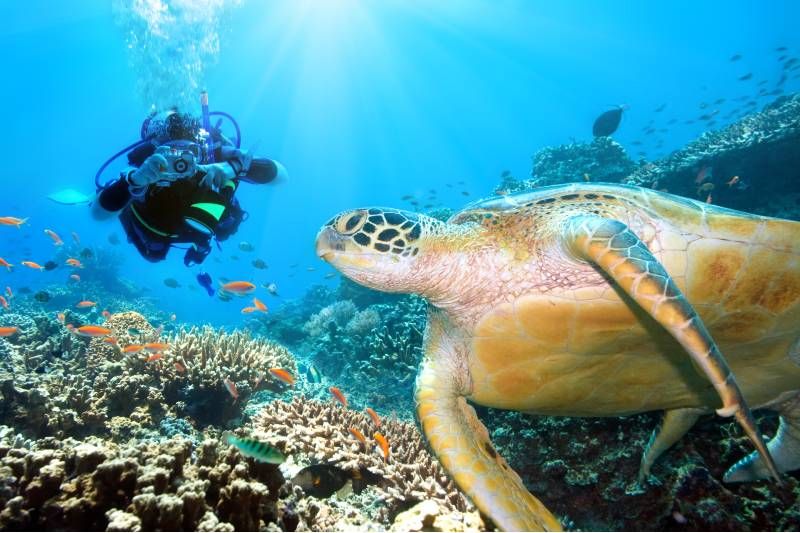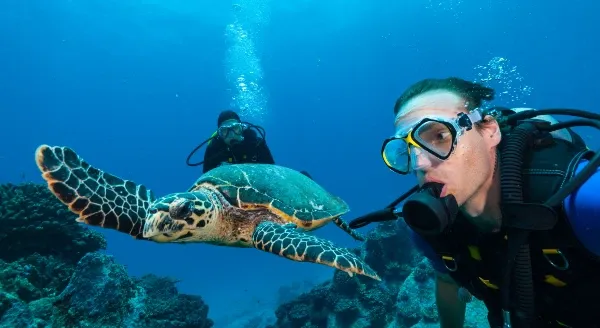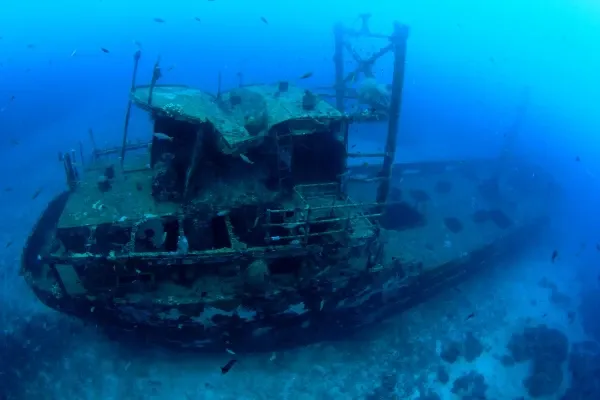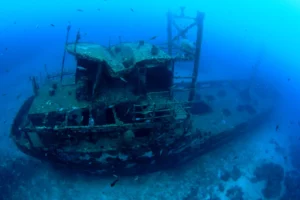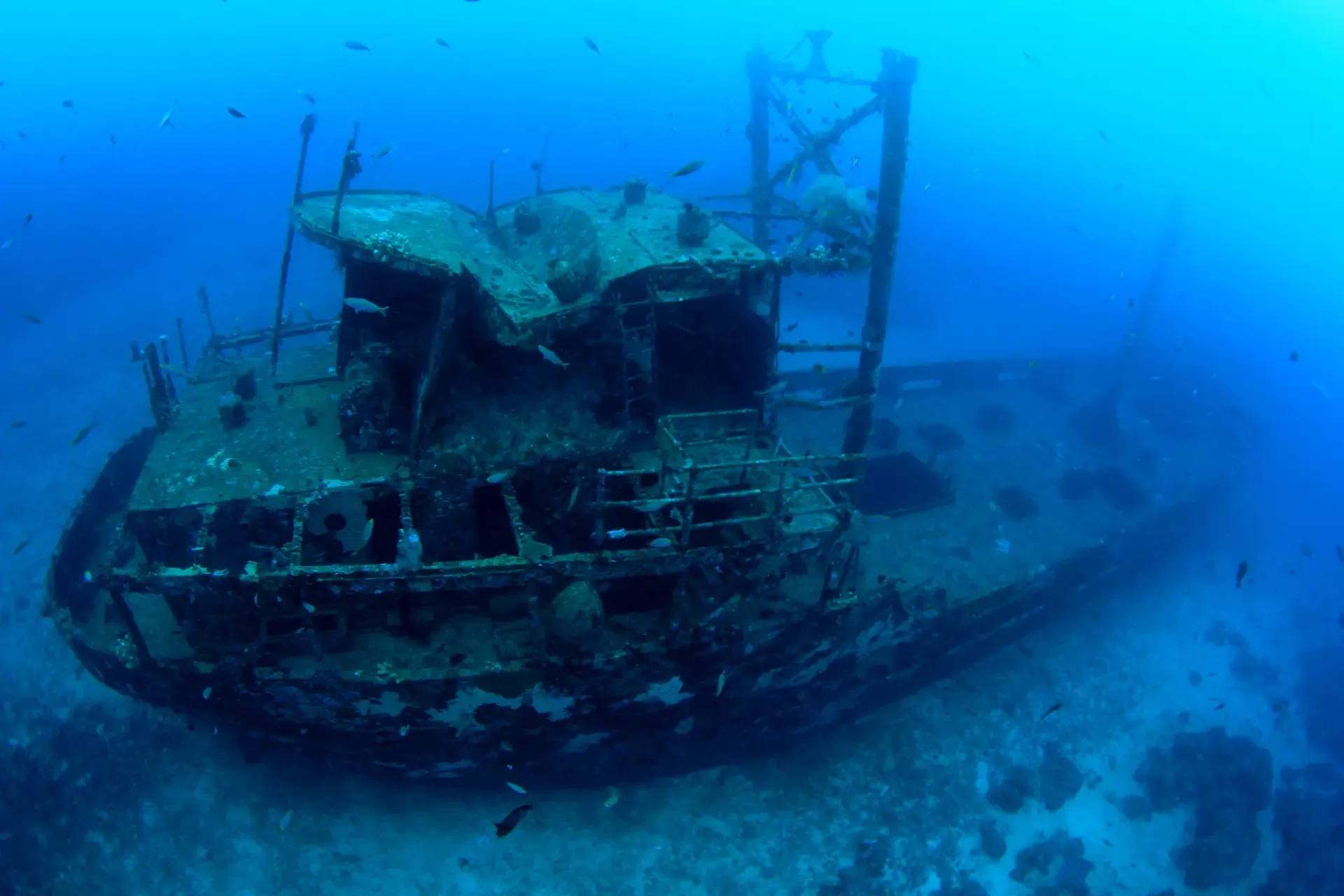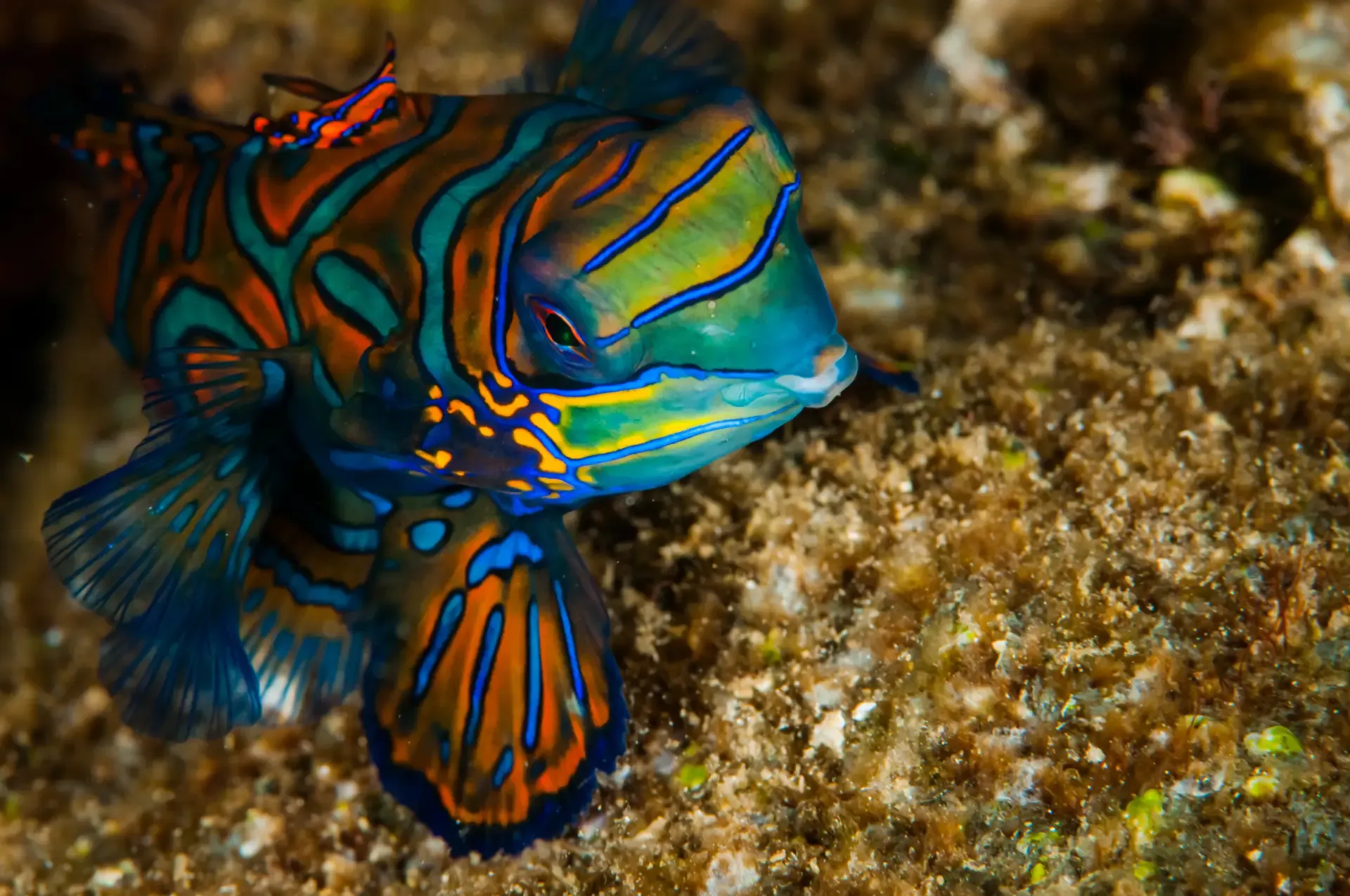Scuba Diving in Boracay in July: A Tropical Underwater Adventure
Scuba Diving in Boracay in July: A Tropical Underwater Adventure
Scuba Diving in Boracay in July: A Tropical Underwater Adventure
Boracay, a small island in the central Philippines, is famous for its powdery white sand beaches, vibrant nightlife, and crystal-clear waters. However, beyond its picturesque shores lies an underwater paradise that beckons scuba diving enthusiasts from around the world. July, with its warm waters and excellent visibility, is an ideal month to explore Boracay’s diverse marine life and stunning dive sites. Whether you’re a seasoned diver or a novice looking to take your first plunge, scuba diving in Boracay in July offers an unforgettable experience with New Wave Divers.
Ideal Diving Conditions
July marks the middle of the wet season in the Philippines, but don’t let that deter you. The rain showers are typically short and sporadic, often occurring in the late afternoon or evening, leaving plenty of sunshine for daytime diving adventures. The water temperature in July hovers around a comfortable 28-30°C (82-86°F), making it perfect for extended dives without the need for a thick wetsuit. Visibility can range from 10 to 30 meters, allowing divers to fully appreciate the vibrant marine life and intricate coral formations. An added benefit of diving in July is the reduced number of tourists, meaning fewer crowds both underwater and on land, creating a more serene and enjoyable experience.
Top Dive Sites in Boracay
Boracay boasts several world-class dive sites, each offering unique underwater experiences. Here are some of the must-visit sites for divers exploring Boracay in July with New Wave Divers:
1. Yapak
Yapak is arguably Boracay’s most famous dive site, known for its deep walls and strong currents. This site is best suited for advanced divers due to its challenging conditions. The wall starts at around 30 meters and drops down to over 70 meters, providing a dramatic underwater landscape. Divers can expect to see large pelagic species such as barracuda, tuna, and trevally, as well as the occasional reef shark. The walls are adorned with colorful corals and sponges, home to a variety of smaller reef fish.
2. Crocodile Island
Despite its intimidating name, Crocodile Island is a haven for divers of all levels. Located just a short boat ride from the main island, this site features sloping reefs teeming with marine life. The shallow areas are perfect for novice divers and snorkelers, while the deeper sections offer more experienced divers the chance to explore vibrant coral gardens. Expect to see schools of tropical fish, nudibranchs, moray eels, and a variety of crustaceans. The island’s unique rock formations also provide excellent opportunities for underwater photography.
3. Camia Wreck
The Camia Wreck is a sunken cargo ship that has become an artificial reef over the years. Resting at a depth of around 30 meters, the wreck is now home to an array of marine life, including scorpionfish, lionfish, and batfish. Schools of trevally and snapper often surround the wreck, creating a mesmerizing underwater spectacle. The site is suitable for advanced divers due to its depth, but the clear waters and abundant marine life make it a rewarding dive.
4. Balinghai
Balinghai is a beautiful dive site located near Balinghai Beach, known for its stunning coral formations and diverse marine life. The site features a series of coral bommies and rocky outcrops, providing plenty of hiding spots for marine creatures. Divers can spot a variety of reef fish, including angelfish, butterflyfish, and parrotfish. The site is suitable for divers of all levels, with depths ranging from 5 to 20 meters.
5. Angol Point
Angol Point is a popular dive site for beginners, offering shallow waters and gentle currents. The site is located near White Beach, making it easily accessible. The sandy bottom is dotted with coral patches, home to a variety of marine species such as seahorses, pipefish, and anemonefish. The calm conditions and rich biodiversity make Angol Point an excellent spot for macro photography and relaxed diving.
Marine Life Encounters
Boracay’s underwater world is a treasure trove of marine biodiversity. Divers in July can expect to encounter a wide range of species, from colorful reef fish to larger pelagic animals. Some of the highlights include:
- Turtles: Green sea turtles and hawksbill turtles are frequently spotted around Boracay’s dive sites. These gentle creatures often graze on seagrass beds and can be seen resting on coral reefs.
- Reef Sharks: While not as common as in other dive destinations, reef sharks such as blacktip and whitetip sharks can occasionally be seen patrolling the deeper waters.
- Macro Life: Boracay is a paradise for macro enthusiasts, with an abundance of nudibranchs, shrimps, and crabs. Keep an eye out for the elusive frogfish and ghost pipefish hiding among the corals.
- Schooling Fish: Large schools of jacks, barracuda, and trevally are a common sight, creating a dynamic and captivating underwater scene.
Dive with New Wave Divers
New Wave Divers, a PADI dive center in Boracay, caters to divers of all levels. Whether you’re a beginner looking to get certified or an experienced diver seeking guided dives, New Wave Divers provides a safe and enjoyable diving experience. Offering PADI certification courses, from Open Water Diver to Divemaster, New Wave Divers ensures you receive top-notch training and personalized attention.
The warm waters and excellent visibility in July provide ideal conditions for learning to dive or advancing your skills. With New Wave Divers, you can explore Boracay’s stunning dive sites while receiving expert guidance and support.
Responsible Diving Practices
As with any diving destination, it’s important to practice responsible diving to protect Boracay’s fragile marine ecosystems. Here are some tips to ensure you have an eco-friendly diving experience:
- Avoid Touching Marine Life: Refrain from touching or disturbing marine animals and corals. Even a gentle touch can cause damage to delicate corals and stress marine life.
- Maintain Buoyancy Control: Practice good buoyancy control to avoid accidentally kicking or bumping into the reef. This helps preserve the underwater environment and prevents damage.
- Use Reef-Safe Sunscreen: Choose sunscreens that are free from harmful chemicals such as oxybenzone and octinoxate, which can harm coral reefs.
- Dispose of Waste Properly: Ensure you dispose of any trash or waste properly. Marine debris can be harmful to marine life and pollute the ocean.
Beyond Diving: Exploring Boracay in July
While scuba diving is a major draw, Boracay offers plenty of other activities to enjoy in July. The island’s famous White Beach is perfect for sunbathing, swimming, and beach volleyball. Adventurous travelers can try kiteboarding or windsurfing at Bulabog Beach, where the steady winds create ideal conditions for these sports.
In the evenings, Boracay’s vibrant nightlife comes alive with beachfront bars, restaurants, and live music. Savor fresh seafood and Filipino cuisine at one of the many beachfront eateries, or enjoy a cocktail while watching the sunset over the horizon.
Conclusion
Scuba diving in Boracay in July offers a unique opportunity to explore the island’s rich marine biodiversity and stunning underwater landscapes. From the deep walls of Yapak to the colorful reefs of Crocodile Island, Boracay’s dive sites cater to divers of all levels. With warm waters, excellent visibility, and an array of marine life, July is an ideal time to experience the underwater wonders of this tropical paradise.
Beyond the underwater adventures, Boracay’s beautiful beaches, thrilling water sports, and vibrant nightlife ensure a well-rounded vacation experience. So, pack your dive gear, book your trip with New Wave Divers, and get ready to discover the enchanting underwater world of Boracay in July. Whether you’re a seasoned diver or a novice explorer, Boracay promises an unforgettable diving adventure that will leave you yearning for more.

Wish to know more about the diving in Boracay? Our team will be delighted to answer your questions and let us know why we should be your first choice when planning your dive vacation to the Philippines. We hope to hear from you soon!

